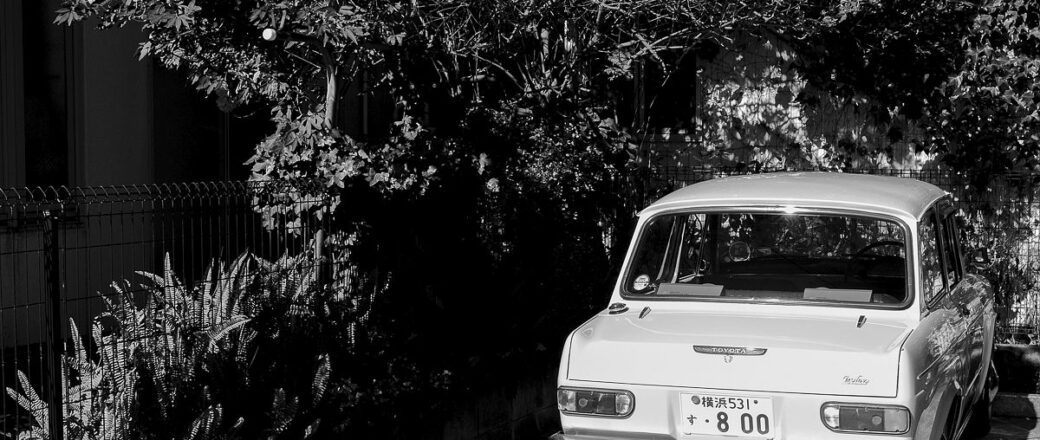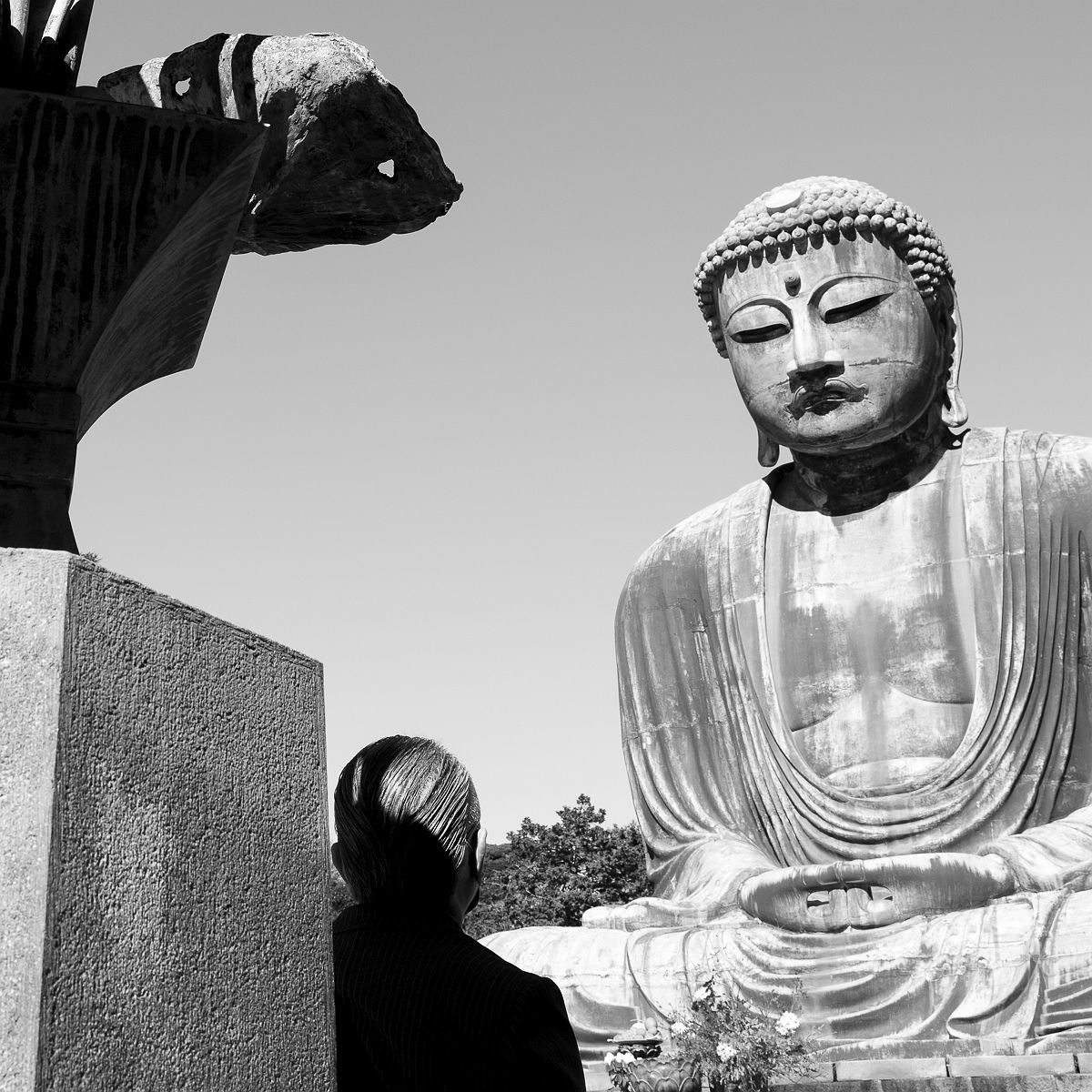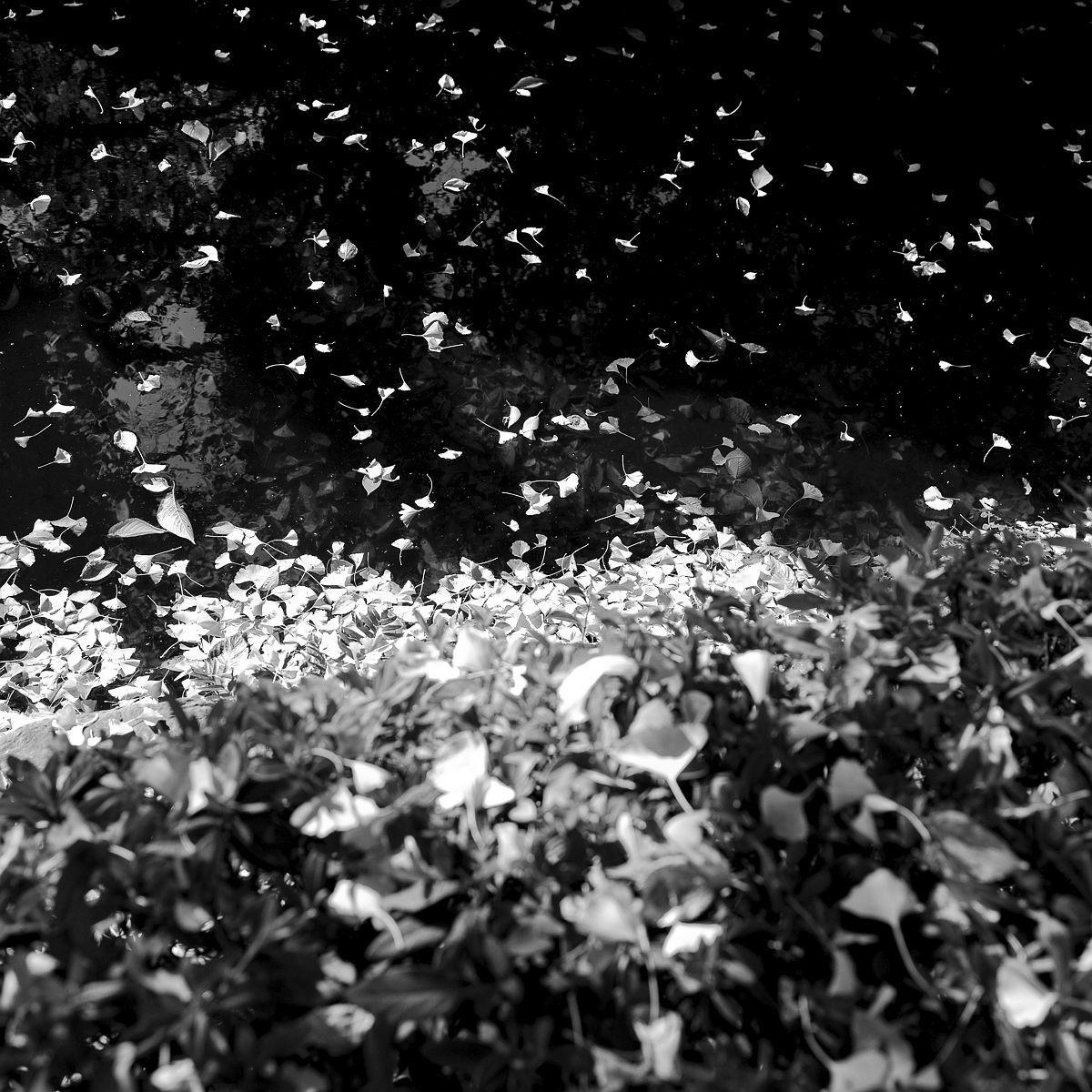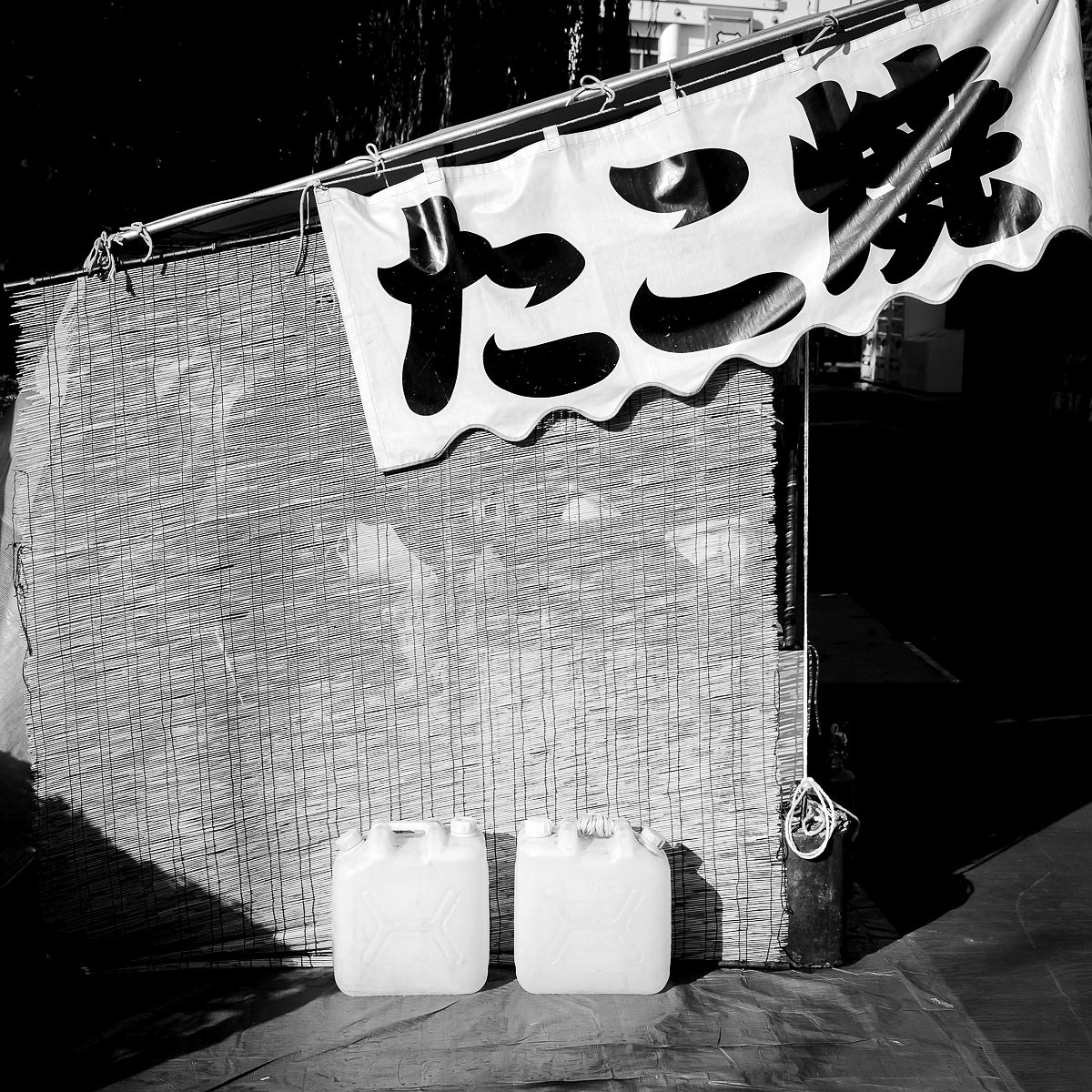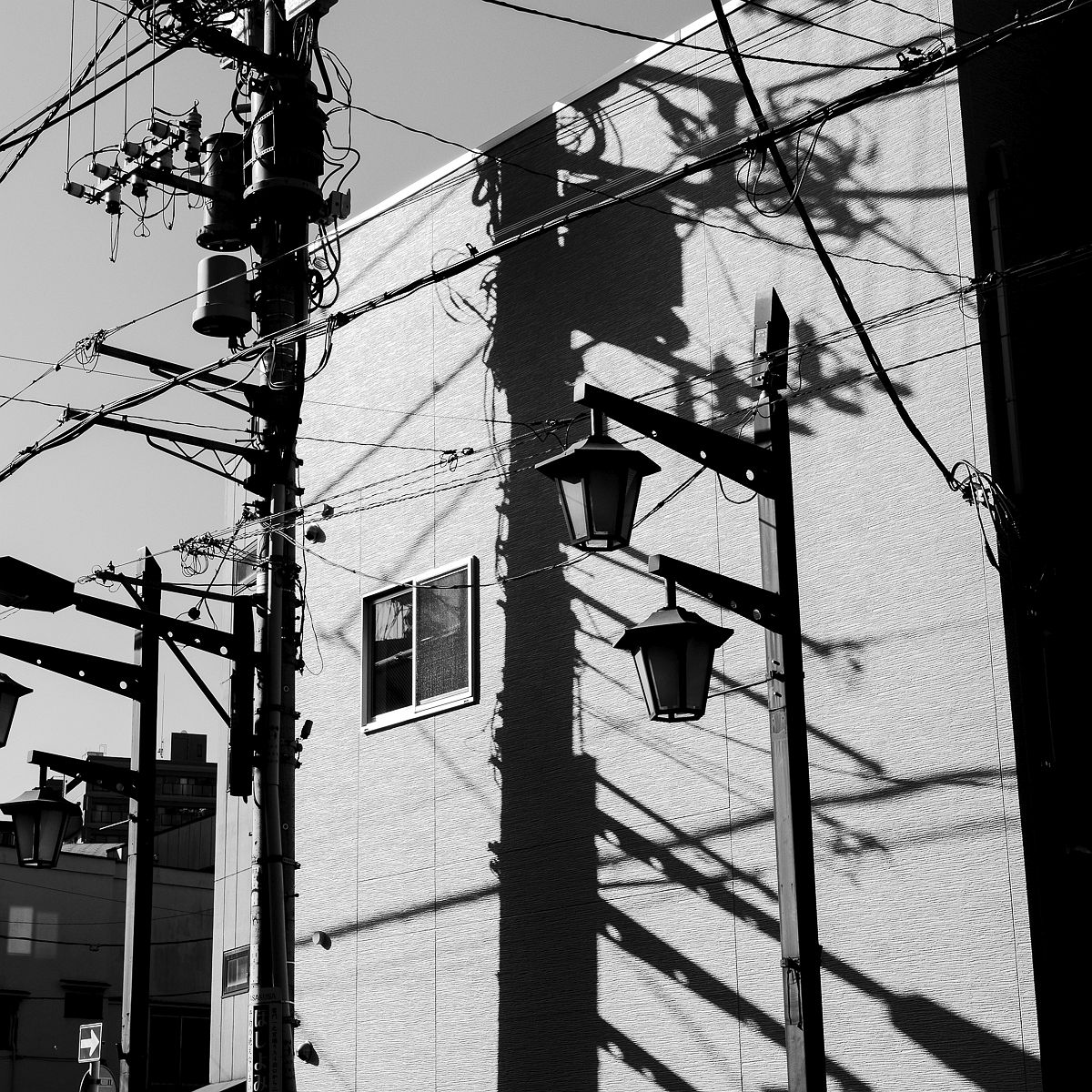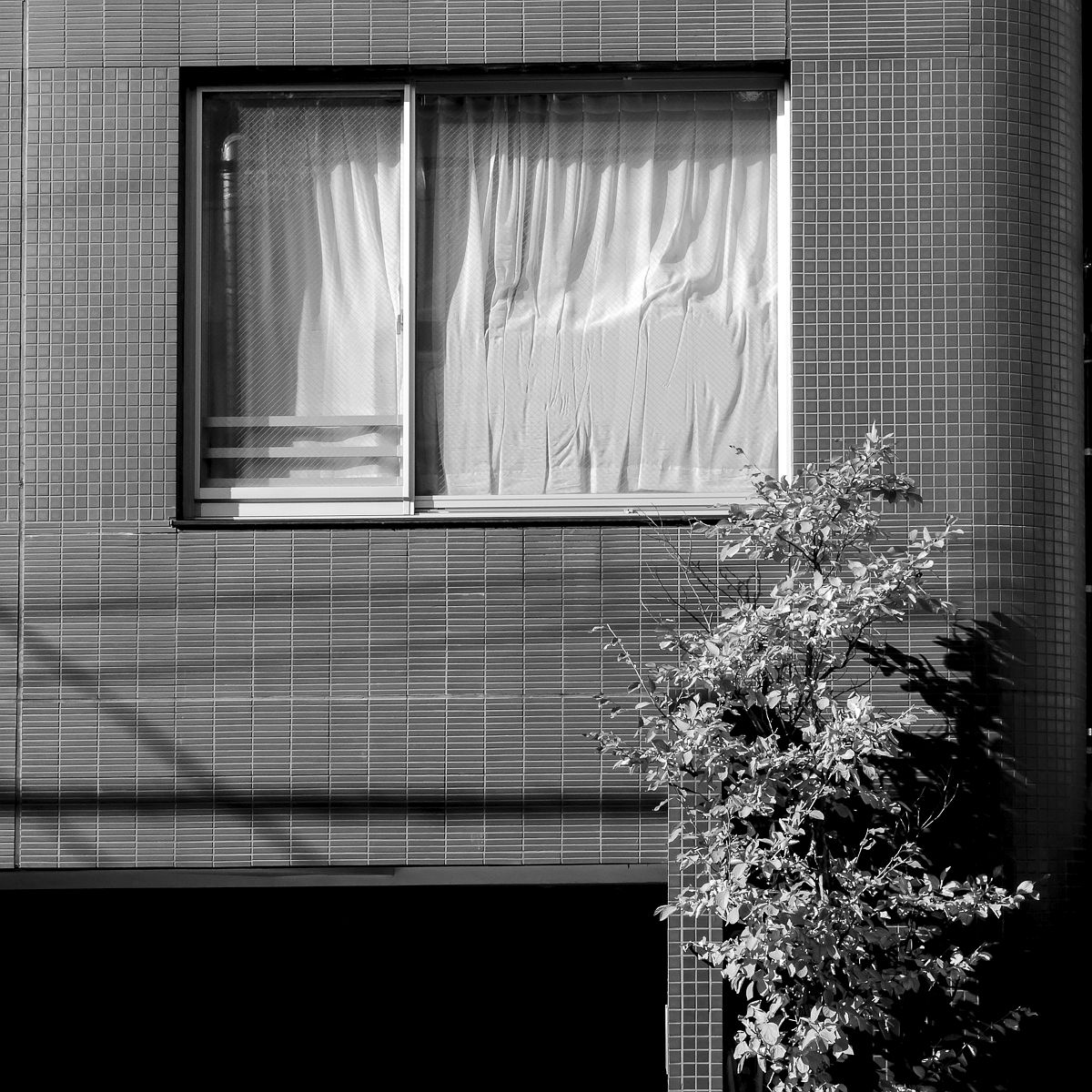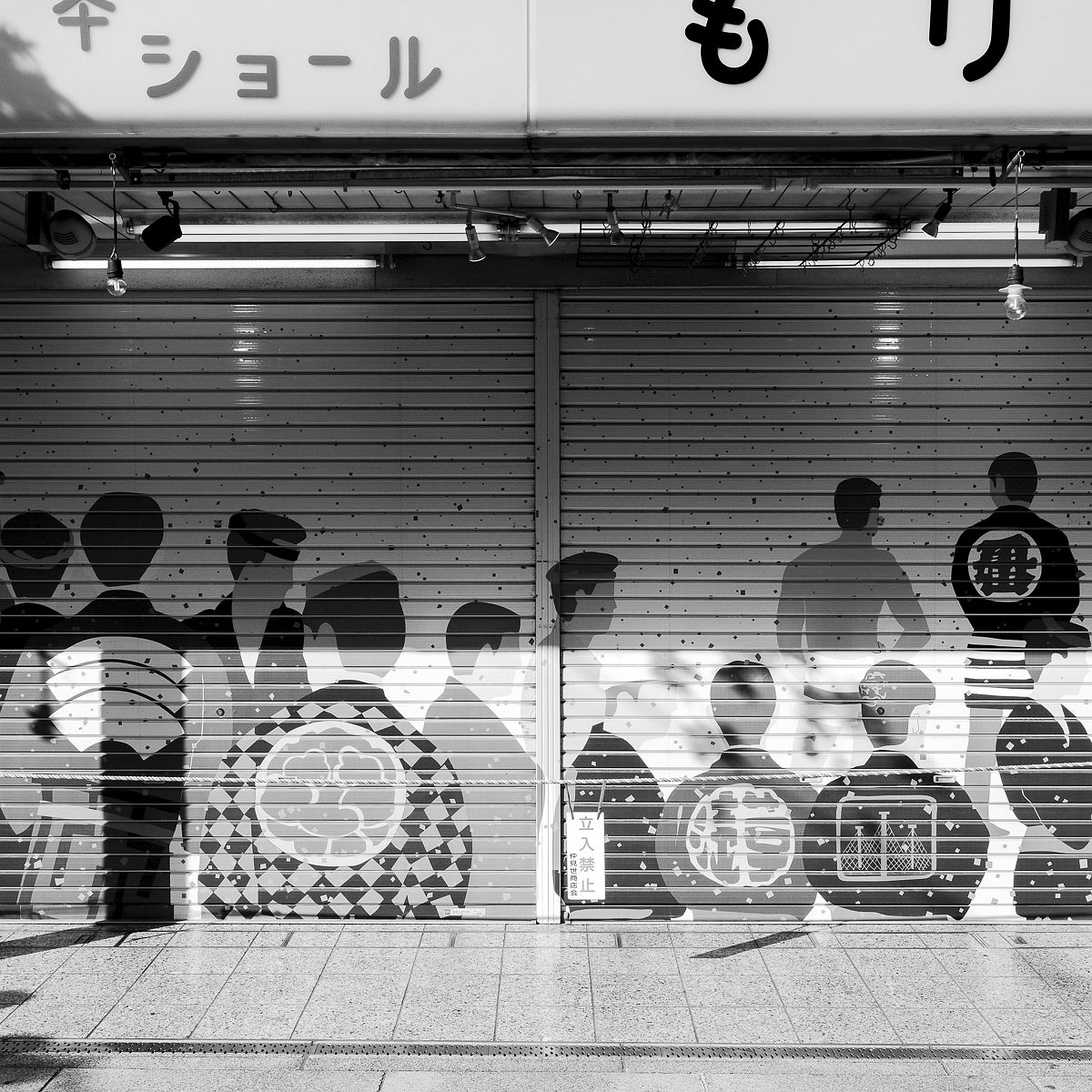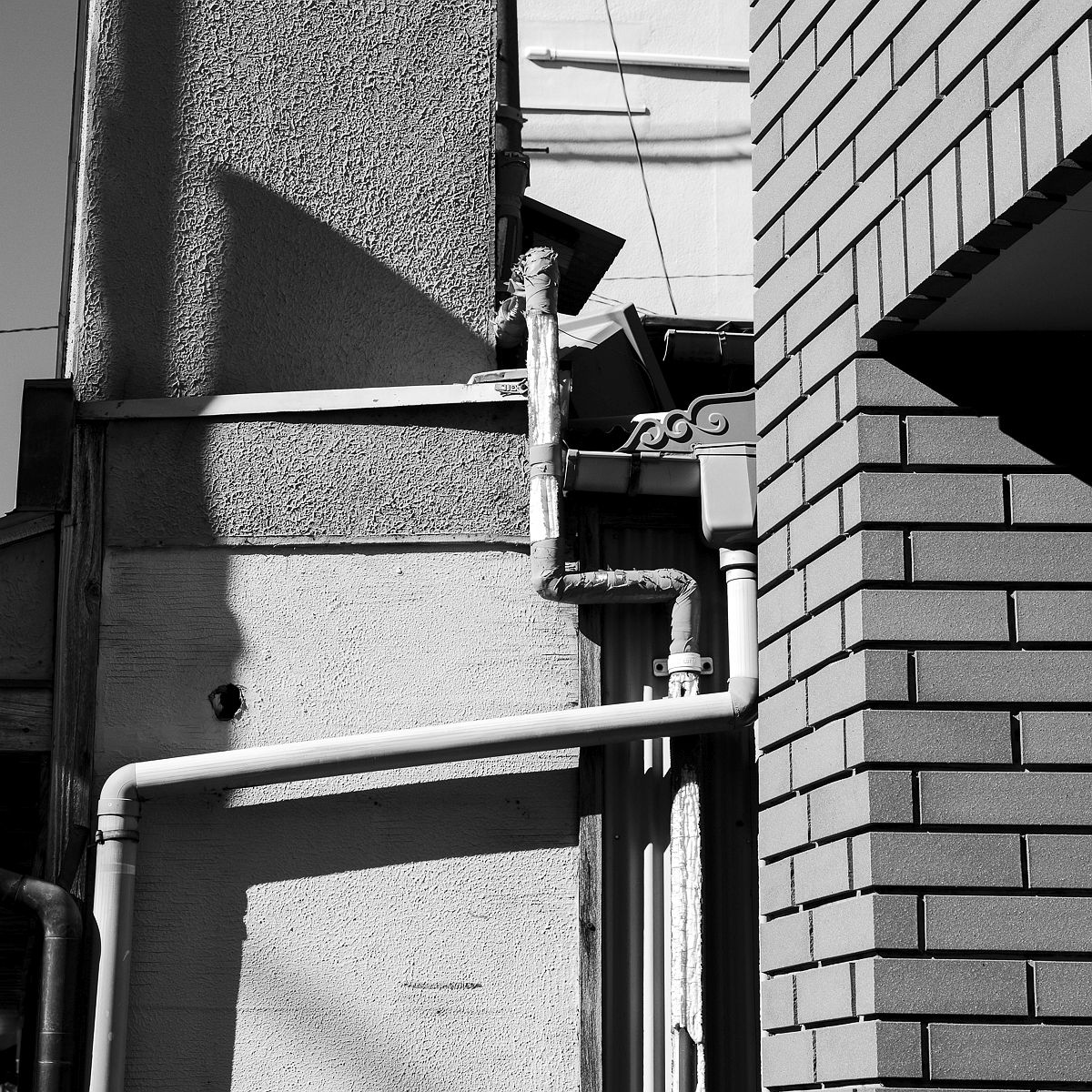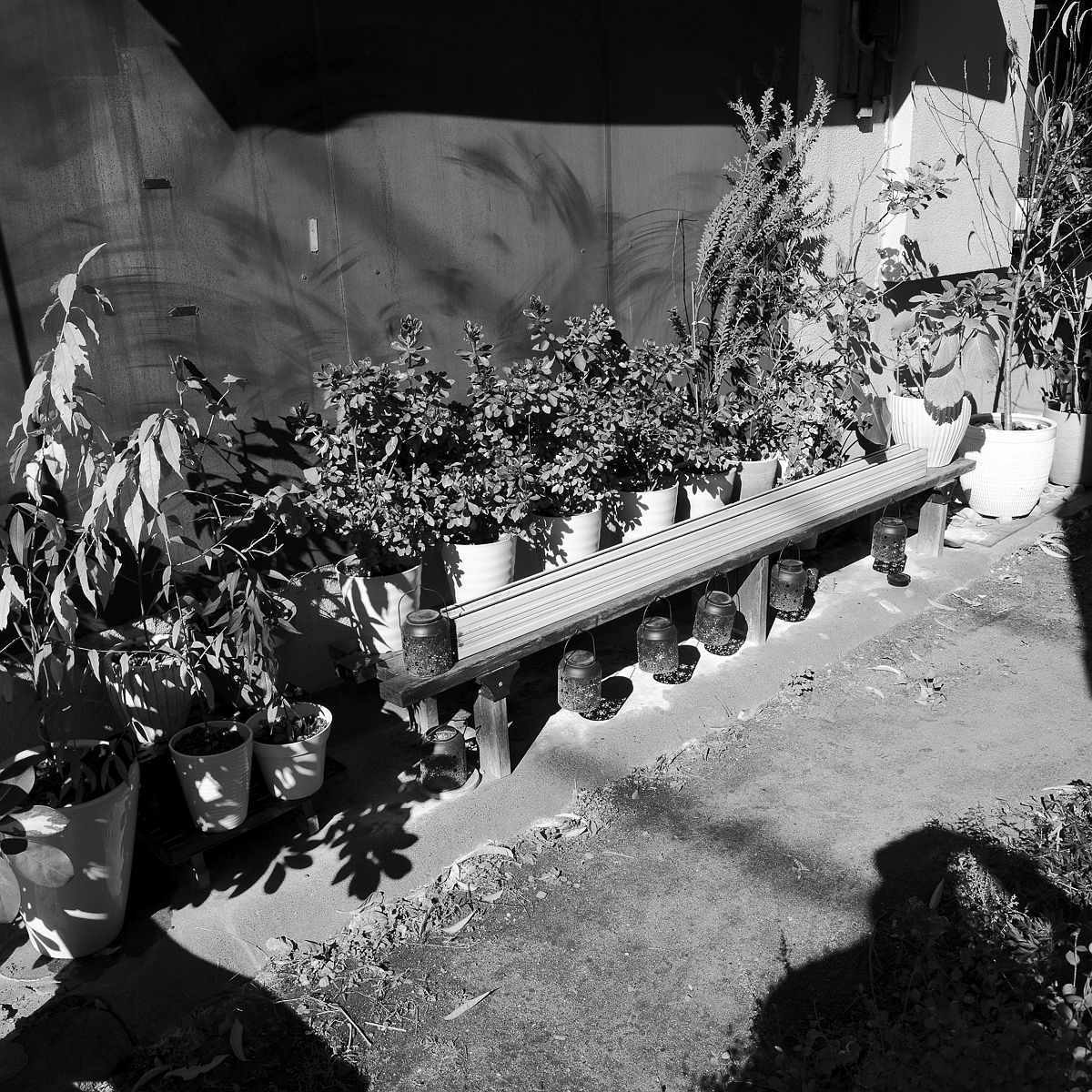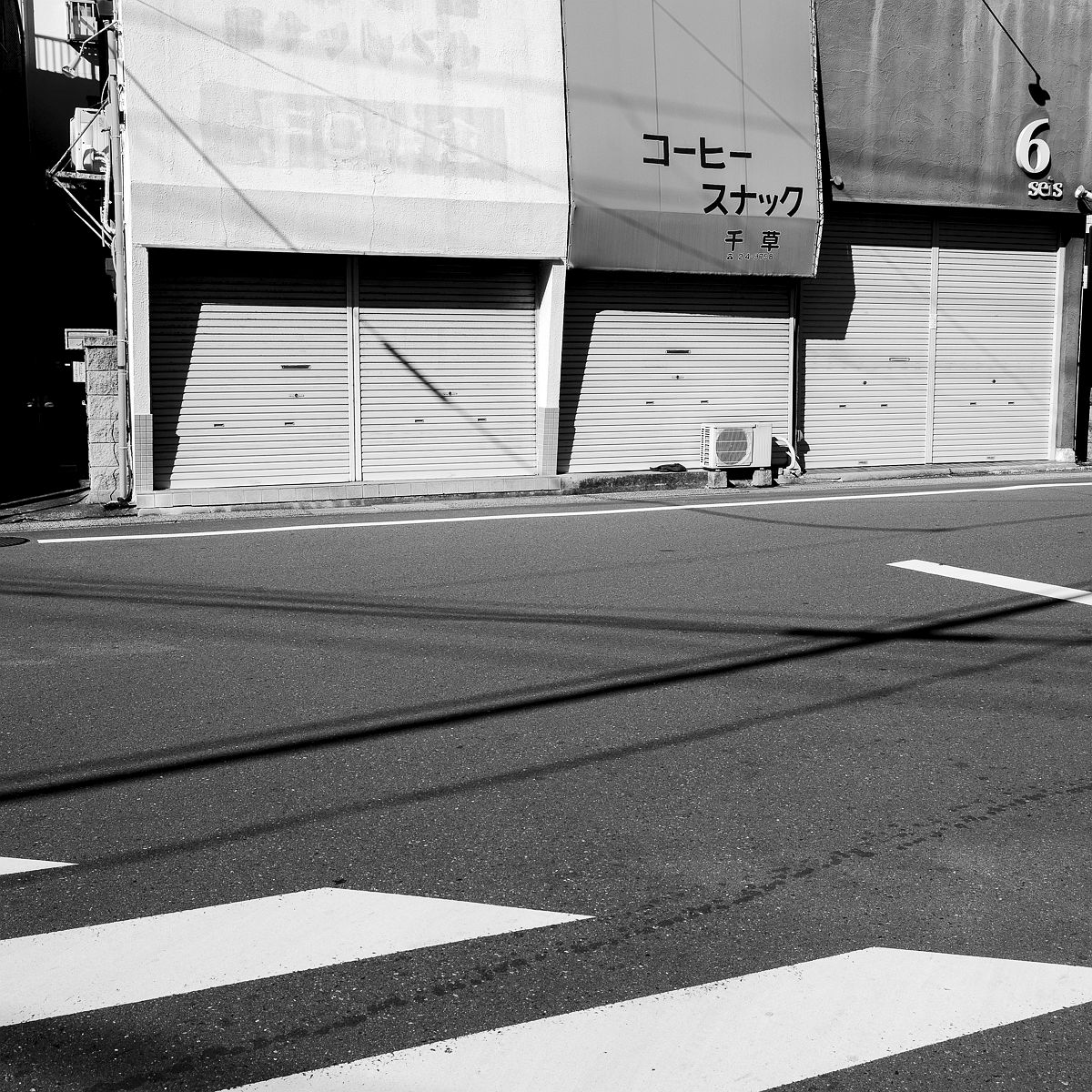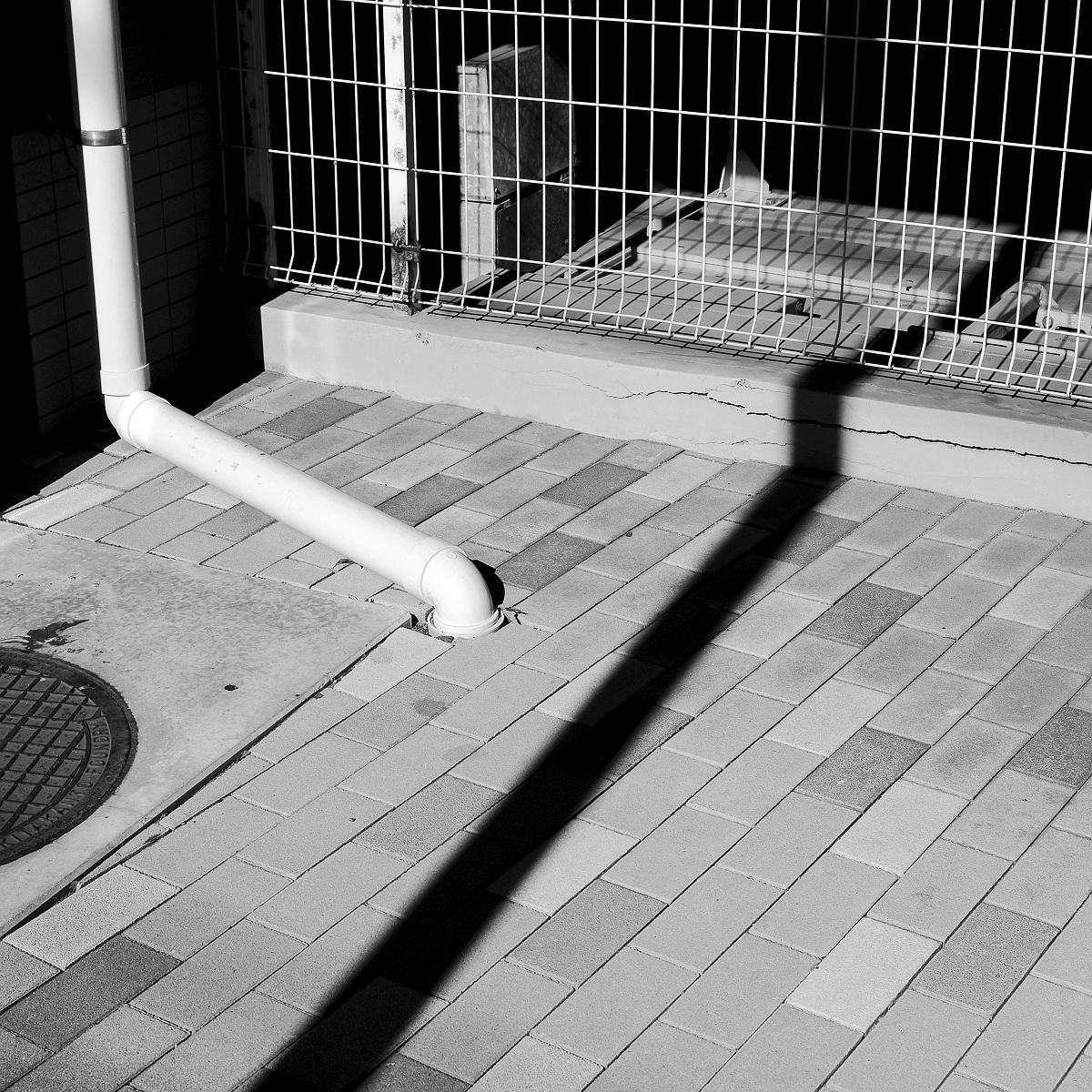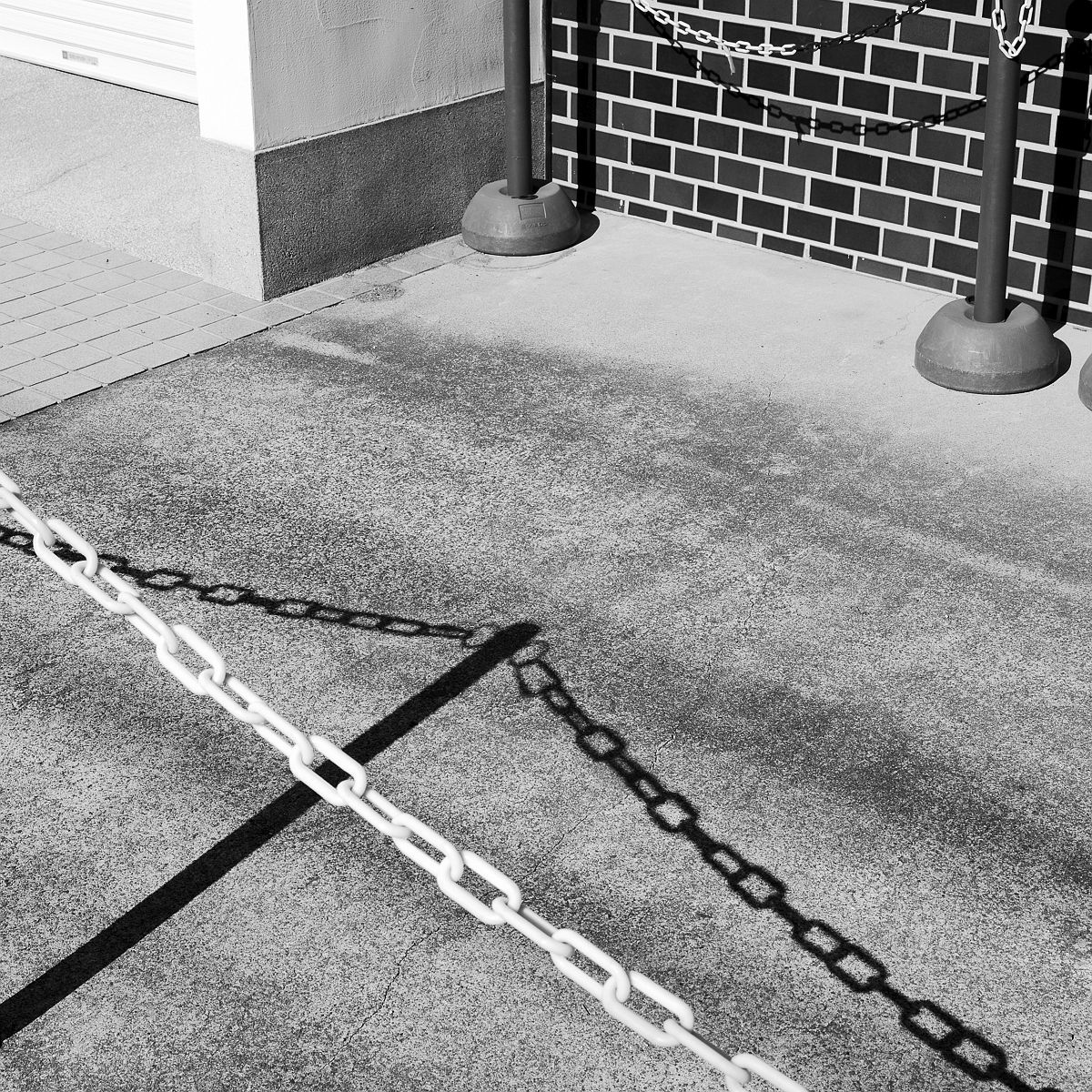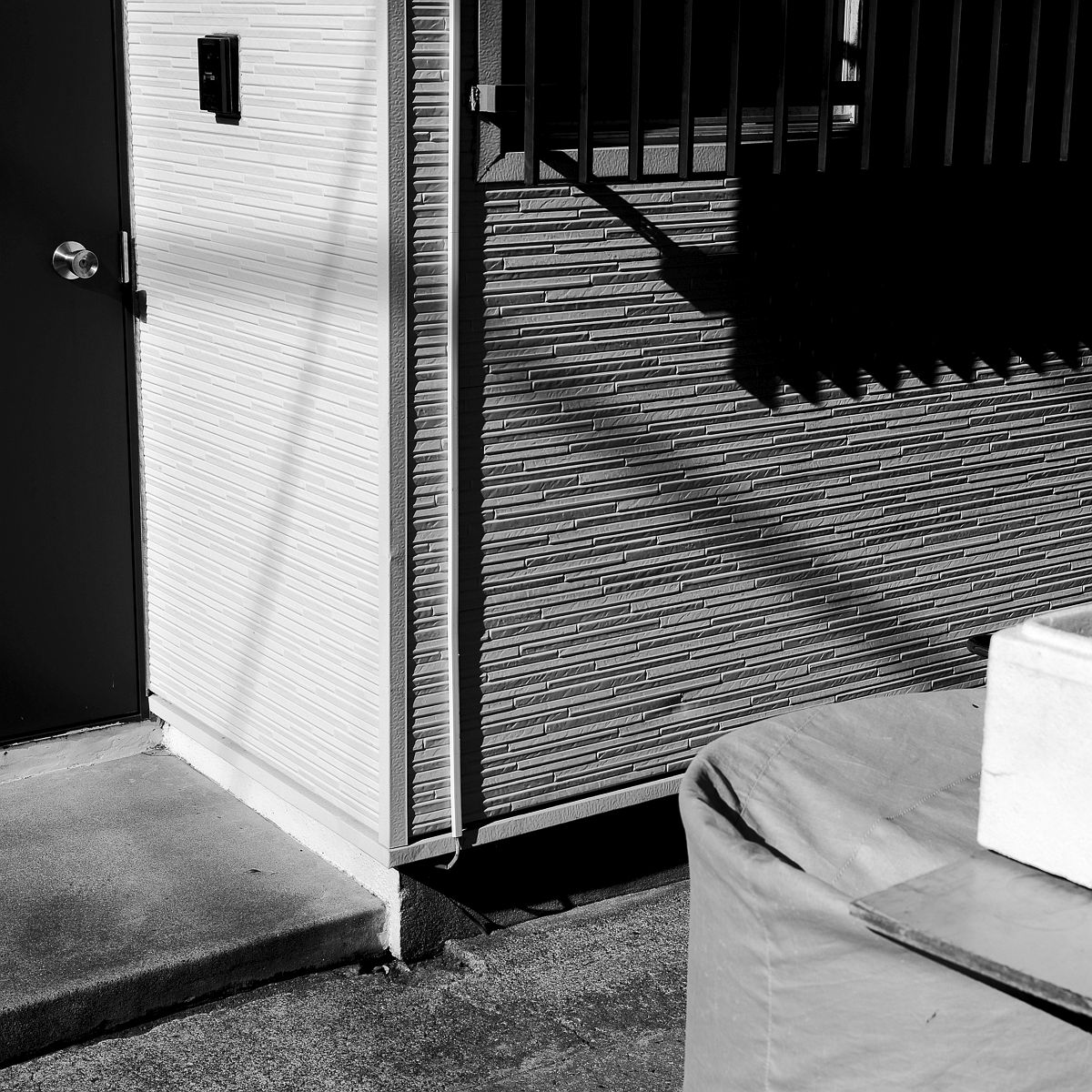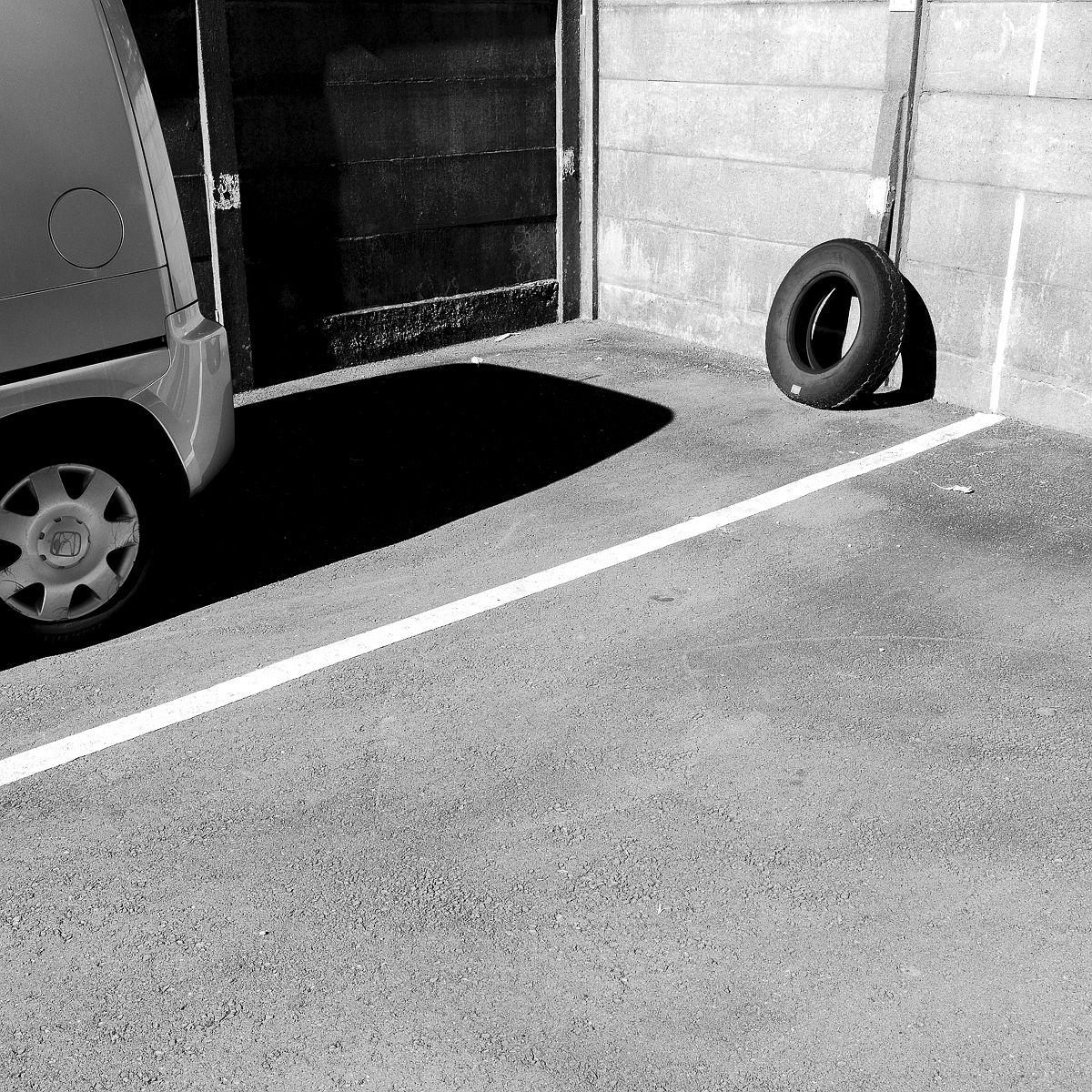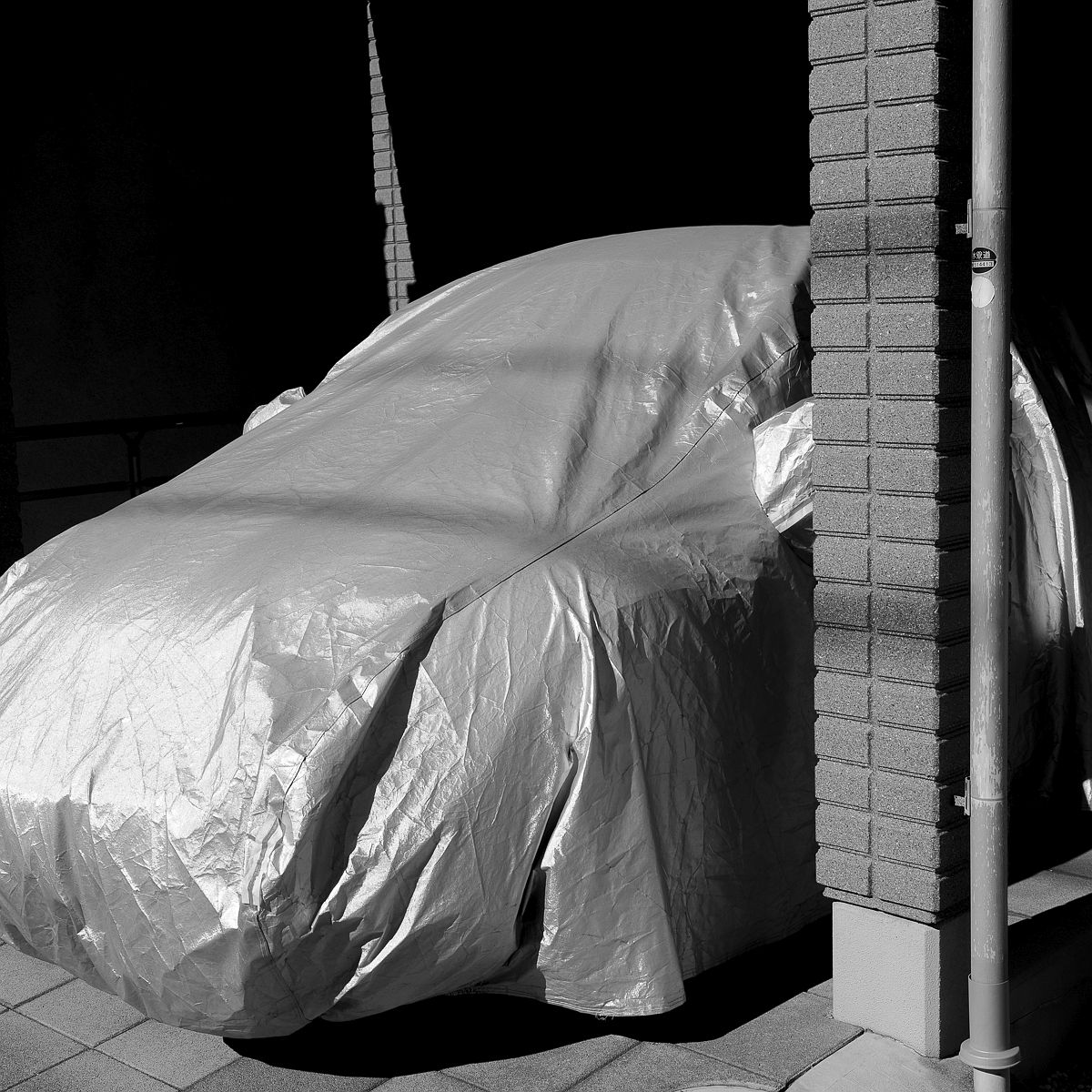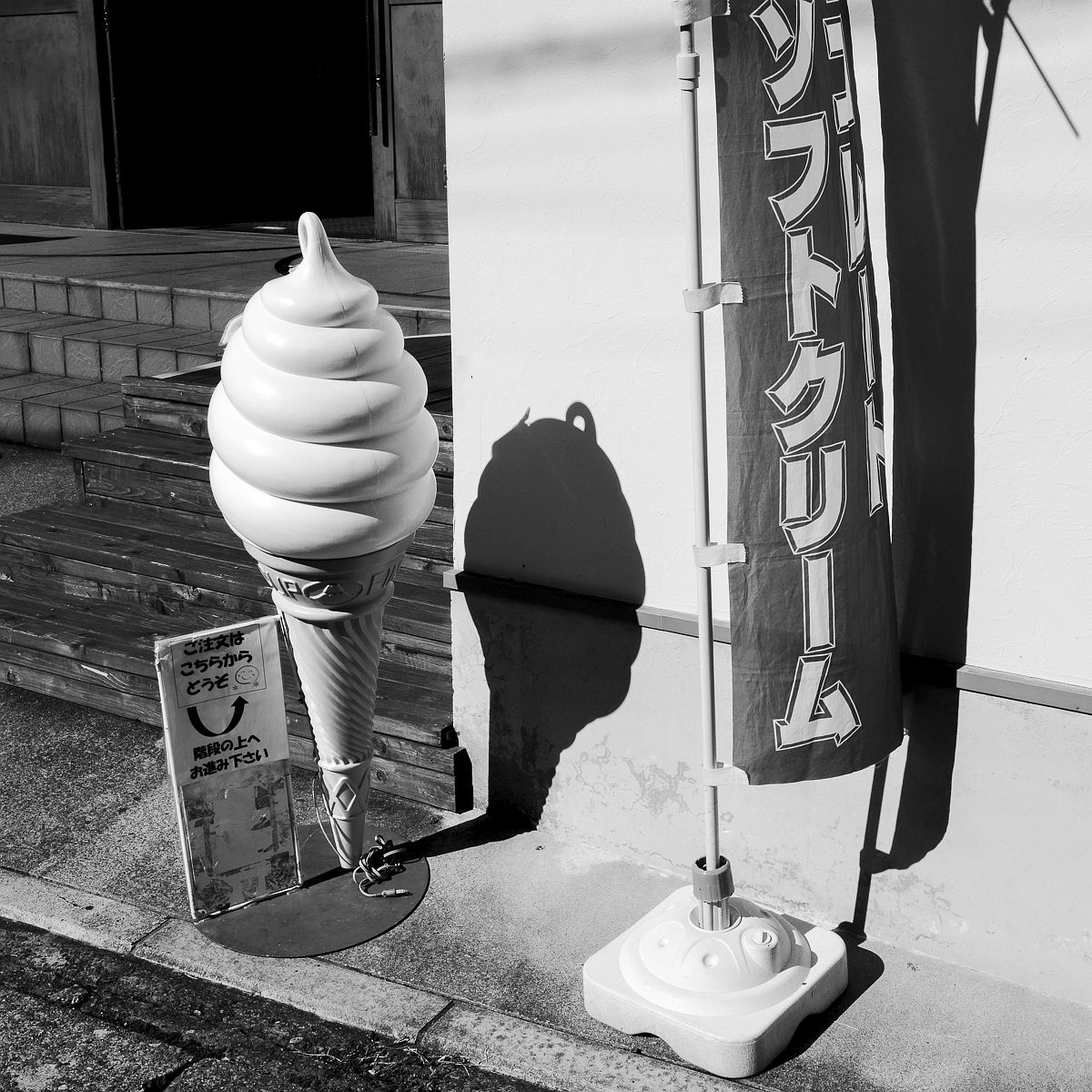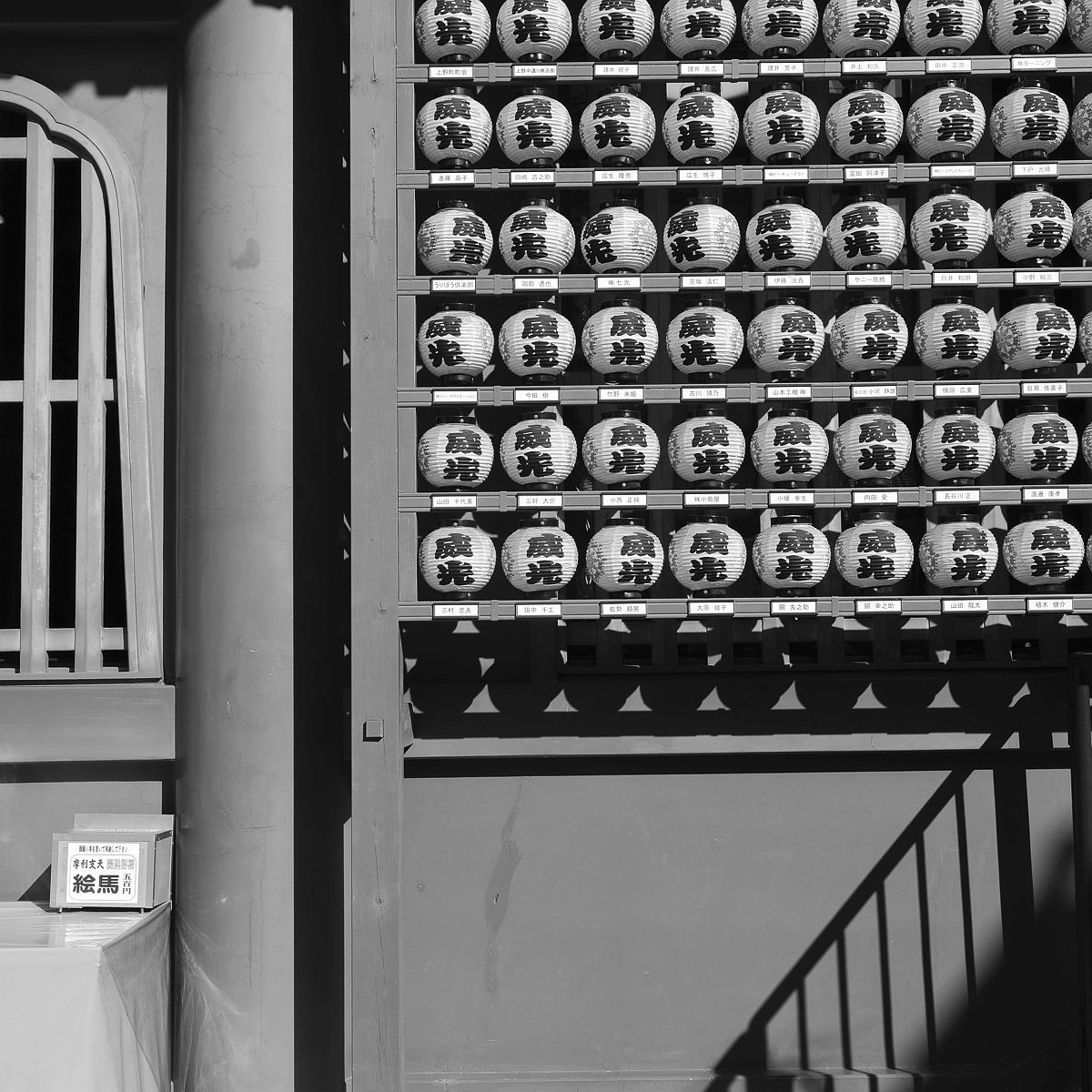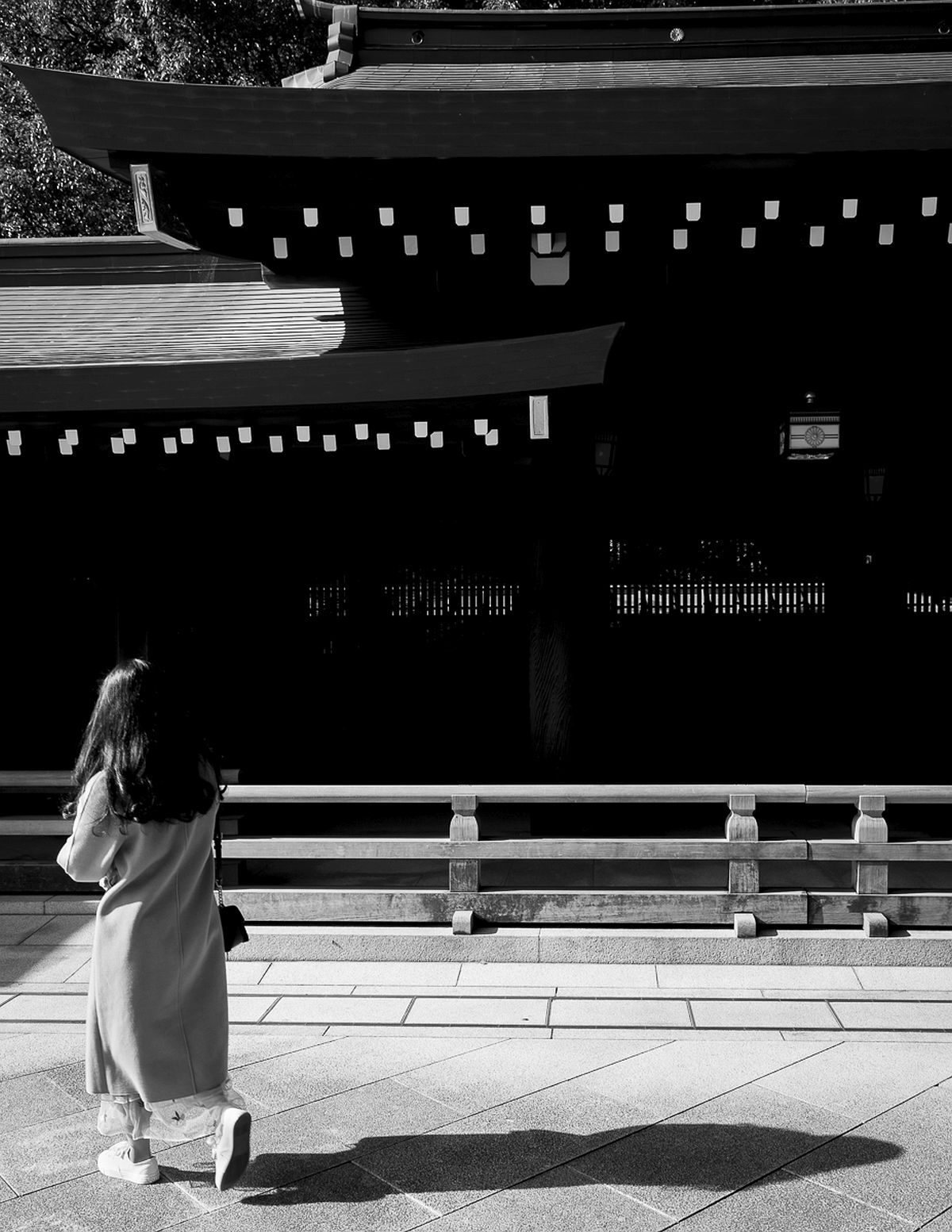Born in the 1960s, Dominique Philippe Bonnet is a photographer who was introduced to the darkroom and film photography techniques at an early age. He moved to London in the mid-1980s, where he exhibited his work in various shows and photography magazines, including the prestigious British Journal of Photography, which dedicated several pages to him in 1983.
The following year, he embarked on an almost year-long trip around the world, allowing him to explore numerous countries and develop a particular attachment to Asia, especially Japan. He returned with thousands of film photographs, which he would later showcase in exhibitions and publications in the years that followed.
Now residing in central France, near Poitiers, he alternates between film and digital photography, depending on the nature of his subjects. Dominique Philippe Bonnet openly acknowledges the influence of great photographers such as Henri Cartier-Bresson, Édouard Boubat, André Kertész, Paul Strand, Harry Callahan, and Ralph Gibson. Deeply concerned with achieving original yet precise composition, his photographic work often plays with sharp, deep shadows, giving his images a poetic and captivating graphic quality.
– How and when did you become interested in photography?
I started photography around the age of 12 at a local photo club. There, I met remarkable technicians who shared their expertise and passion for photography with me over the years. I still have fond memories of those hours spent in the darkroom, with that very special and subdued atmosphere created by the red safelight and the smells of developer and fixer.
– Is there any artist/photographer who inspired your art?
I was quickly impressed by the highly expressive compositions of Henri Cartier-Bresson and André Kertész. Even today, I admire their finely crafted yet deeply empathetic images of humanity.
Later, Édouard Boubat, Paul Strand, and Harry Callahan, each in their own distinct styles, became examples of what could be magnificently achieved in photography.
Finally, I have always been particularly drawn to the original vision of Ralph Gibson.
– Why do you work in black and white rather than colour?
It seems to me that black and white photography possesses a timeless supremacy that transcends trends and eras. Its apparent simplicity highlights the very essence of the image: textures, shadows, and light unfold without the artifice of color, creating a pure and universal visual language. This minimalism allows for access to a unique emotional depth, where every shade of gray tells a story.
By eliminating the distractions of color, black and white forces the eye to focus on composition, form, and contrast, thus reaching a broad audience. This refined aesthetic, playing on the tension between light and darkness, allows, I believe, each detail to subtly come to life, all while conveying an enduring timelessness. Both classic and modern, black and white speaks to everyone, transcending cultures and sensibilities.
– How much preparation do you put into taking a photograph/series of photographs?
I generally work on two or three subjects at the same time, over the course of several months. I switch between them depending on my mood, the circumstances, and the light of the day.
For me, it’s essential to leave room for spontaneity when executing a photographic project. I deeply believe in seeking the “decisive moment” so dear to Henri Cartier-Bresson! It’s a bit like master archers who practice for years with the ultimate goal of reaching a state of letting go that will guide them to the target.
From my point of view, photography is akin to this. A split-second execution that concentrates all your expertise: technical knowledge, poetic imagination shaped by your readings, experiences, and encounters, and finally, your feelings in front of the subject you have chosen to photograph.
To achieve your goals and create THE photograph you envision, you must let your subconscious guide you, allow it to take control, and work with you to produce that desired image!
– Where is your photography going? What projects would you like to accomplish?
I would like to continue honing my photographic technique with an emphasis on economy of means. Since the rise of digital photography, I feel that the medium has become lost in a multitude of options, menus, filters, and post-production software. For a long time, I have been trying to return to the essentials, resisting the lure of “new innovations” and focusing on the tools I already have, without constantly upgrading equipment and software as manufacturers would have us do.
As for projects, I’ve always had many ideas in mind! The world is vast, I travel a lot, I read, and I meet people who share their life stories with me. So many things seem worthy of attention and deserving of a dedicated photographic project!
In these times of growing ecological concern, I’ve started a series of images on amateur gardeners. I would like to expand this project globally, to showcase all that unites these passionate gardeners—their love for planting and cultivating for the sake of the planet—across cultures and regions of the world.
Website: www.dpb-fineartphotography.com

